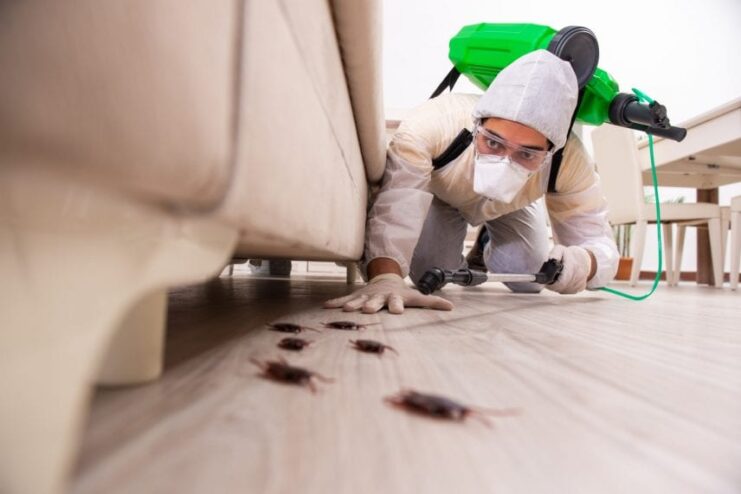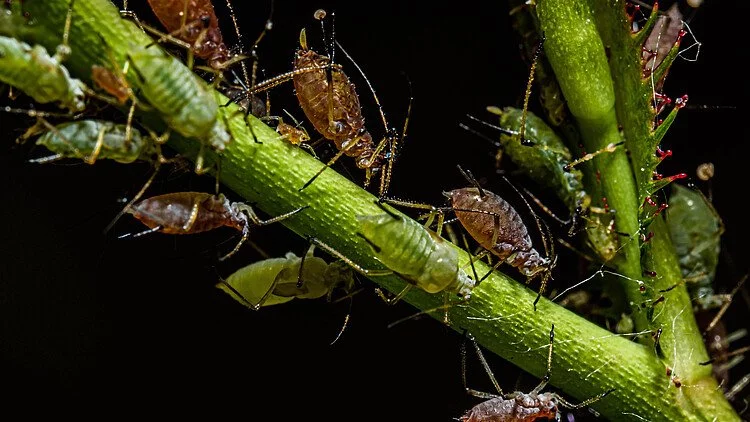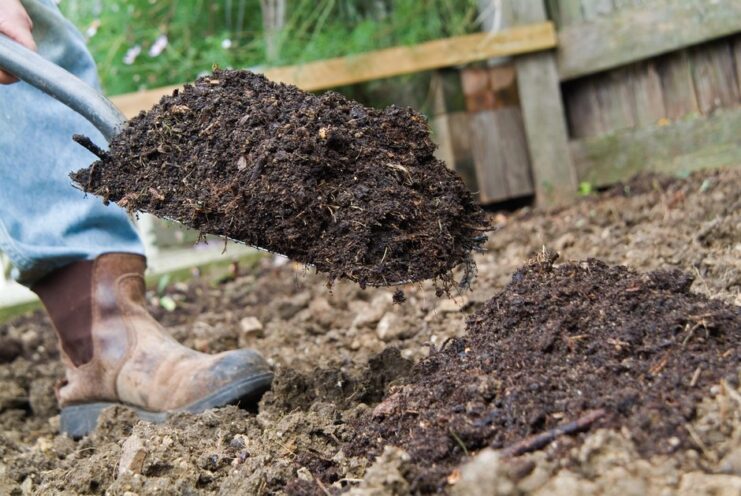Nestled within the walls of every home is an unwritten promise of safety, solace, and serenity. This sanctuary, however, can sometimes be breached by the relentless march of pests.
From the buzz of mosquitoes to the stealthy crawl of roaches, these unwanted guests can cast a long shadow on the tranquility of our living spaces.
Yet, with informed strategies and consistent effort, homeowners can reclaim their abodes, ensuring they remain impervious to these tiny invaders.
How to Get Rid of Pests

The war against pests is often fought on multiple fronts. Their resilience and adaptability demand a multifaceted approach that anticipates their every move.
Hiring a Trusted Professional
Venturing into the complex world of pest control can be daunting for many. Here, professional pest control services come to the rescue.
These experts are armed with years of experience and are adept at diagnosing the severity of infestations, offering customized solutions, and ensuring that homes remain fortified against future invasions.
Their expertise spans across a myriad of pests, each with its own unique set of challenges.
Regular Home Inspections
Proactivity is a potent weapon. By conducting periodic home inspections, homeowners can stay one step ahead.
This involves scrutinizing potential hotspots like basements, attics, and even seemingly innocuous spaces behind furniture or appliances.
These inspections can unearth early signs of infestations, allowing timely interventions and reducing the risk of larger, more entrenched pest problems.
Securing Entry Points

Every crack, gap, or hole in a home is a potential gateway for pests.
By diligently sealing these entry points, one can dramatically reduce the chances of infestations.
This involves not just addressing visible breaches, but also routinely inspecting and reinforcing potential weak spots, from window frames to ventilation outlets.
Natural Pesticides
In a world where environmental consciousness is gaining momentum, natural pesticides offer a harmonious blend of efficacy and sustainability.
Diatomaceous Earth
Touted as a miracle substance by many homeowners, diatomaceous earth is the nemesis of many pests. Its mode of action is fascinating.
When insects come into contact with this powdery substance, it compromises their exoskeletons, leading to dehydration and eventual demise.
All of this, without introducing harmful chemicals into the home.
Neem Oil
This plant-derived oil has been an integral part of traditional pest control practices in many cultures. Its efficacy stems from its ability to disrupt the life cycles of pests.
Regular application can deter pests from setting up shop and can thwart their reproductive cycles, ensuring a steady decline in their numbers.
Essential Oils
Beyond their aromatic allure, essential oils like lavender, tea tree, and peppermint have demonstrated pest-repellent properties.
A strategic diffusion or application of these oils can create zones within homes where pests fear to tread.
The Importance of Air Conditioners

Air conditioners, often celebrated for their cooling capabilities, have an unsung role in the realm of pest prevention.
Humidity Control
Damp environments are a magnet for a range of pests. From mold and mites to certain breeds of cockroaches, many pests seek out humidity.
Air conditioners, by regulating moisture levels, ensure homes don’t turn into these pests’ paradises.
Air Filtration
The silent hum of an air conditioner is often accompanied by an unsung purification process.
Modern units come equipped with filters that continually cleanse the air of particulates, making the environment less hospitable to pests.
Maintaining Stable Temperatures
Temperature fluctuations can be an invitation for certain pests.
Stable, controlled temperatures, courtesy of air conditioners, can discourage pests like bed bugs, which have specific temperature preferences.
Landscaping as a Pest Deterrent
The outdoors, with its lush greenery and open spaces, is often seen as separate from our indoor living quarters.
However, the design and maintenance of our gardens and yards can play a significant role in our quest for a pest-free home.
Properly planned and maintained landscaping can act as a natural barrier, discouraging pests from encroaching upon our homes.
Choosing Pest-Resistant Plants

Nature, in its vast diversity, offers certain plants that inherently repel pests.
By integrating such plants into our gardens, we create a natural shield against potential invaders.
Plants like marigold, chrysanthemums, and citronella are known to deter a variety of pests, from mosquitoes to aphids.
Moreover, they add aesthetic value to the garden, serving a dual purpose of beauty and functionality.
Regular Garden Maintenance
An unkempt garden can quickly become a refuge for pests.
Overgrown grass, accumulated dead leaves, and stagnant water are alluring invitations to insects and rodents alike.
Regularly mowing the lawn, clearing out dead plant matter, and ensuring proper water drainage can make a significant difference.
It’s not just about maintaining aesthetics; it’s about creating an environment where pests find no refuge or breeding grounds.
Strategic Placement of Mulch and Compost

While mulch and compost are invaluable for soil health and plant growth, their placement demands careful consideration.
Pests, particularly termites and certain breeds of ants, are attracted to the moisture and shelter that mulch provides. It’s advisable to keep mulch at least a foot away from the house’s foundation.
Similarly, compost heaps, if not maintained correctly, can attract a slew of pests.
Regular turning and aerating the compost, along with ensuring it’s placed a fair distance from the home, can help in mitigating these risks.
Key considerations
Every home tells a story – one of aspirations, memories, and daily joys. It’s a sanctuary where families grow and dreams are nurtured.
However, the incessant march of pests can overshadow this narrative, turning tranquility into distress.
Achieving a pest-free home is not just about reacting to invasions but pre-empting them. It’s a dance that interweaves professional expertise, nature’s bounty, technological aids, and our immediate environment, both indoors and out.
As homeowners, our vigilance, adaptability, and commitment are vital.
By synergizing methods, from hiring experts and using natural repellents to leveraging the unsuspecting benefits of air conditioners and thoughtful landscaping, we chart a path where comfort is unbroken, and pests remain mere whispers at the periphery.
As we adopt and adapt these strategies, not only do we fortify our homes but also enrich our understanding of the delicate balance between nature and living spaces.
In this journey towards a harmonious, pest-free habitat, we’re reminded of the importance of coexisting with nature, learning from it, and respecting its nuances.
Our homes, once armed with this knowledge and intent, stand resilient against pests, ensuring our life stories remain undisturbed and ever-enchanting.

